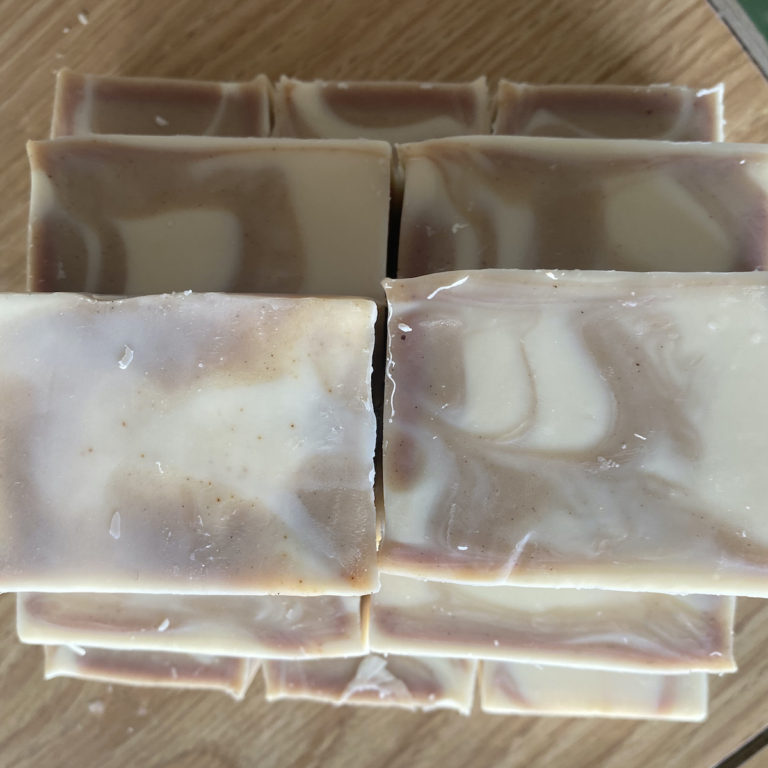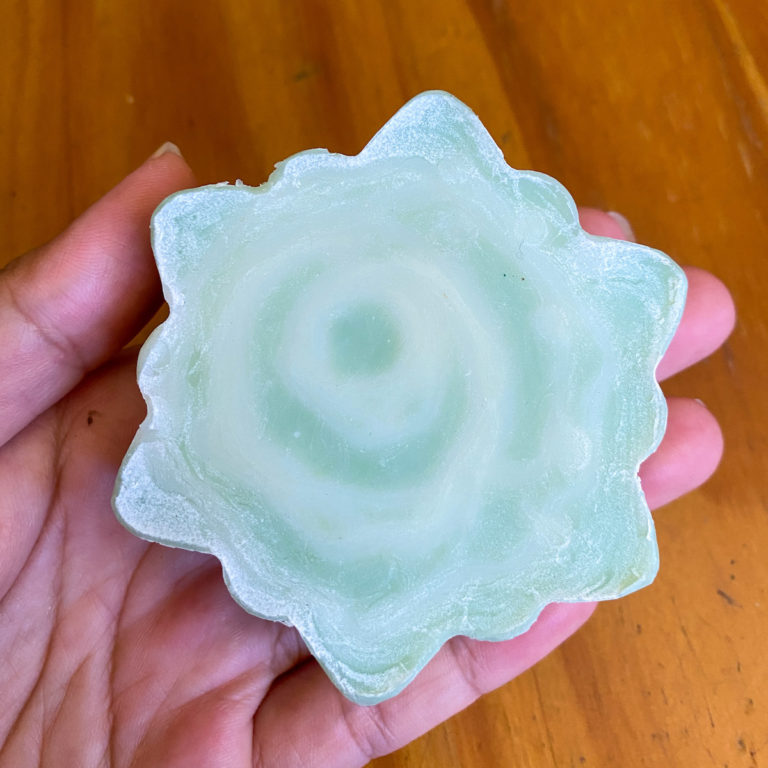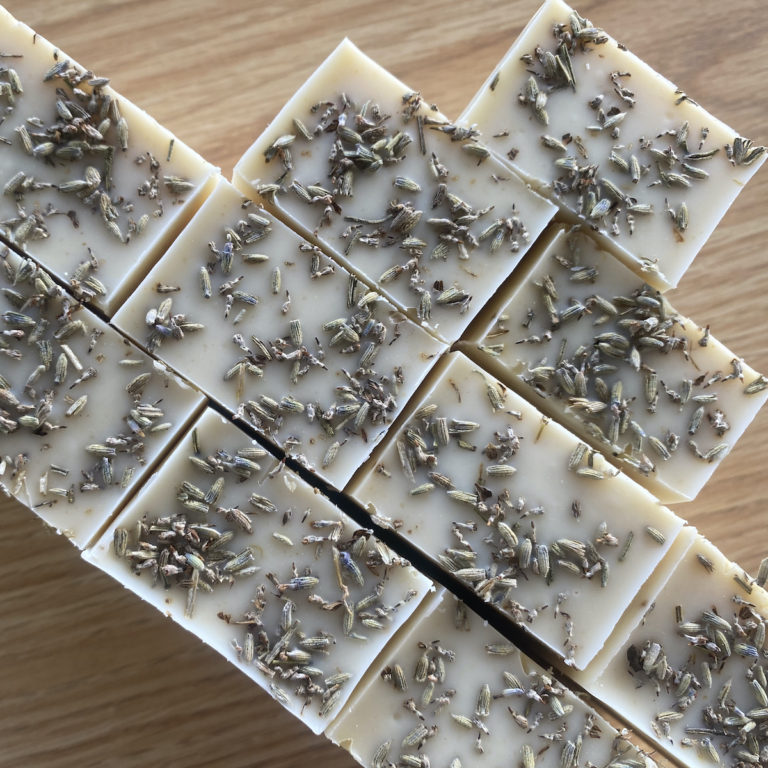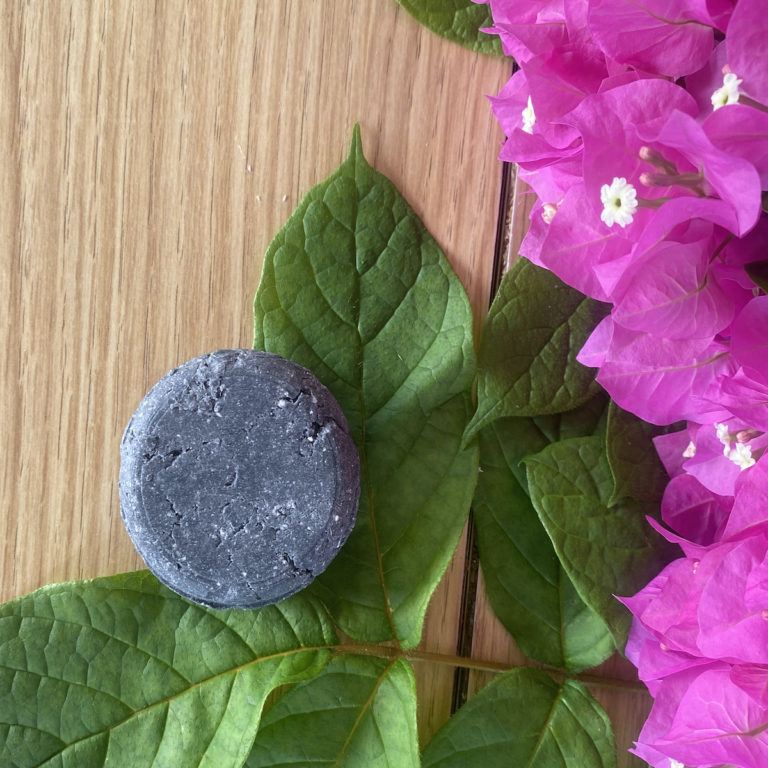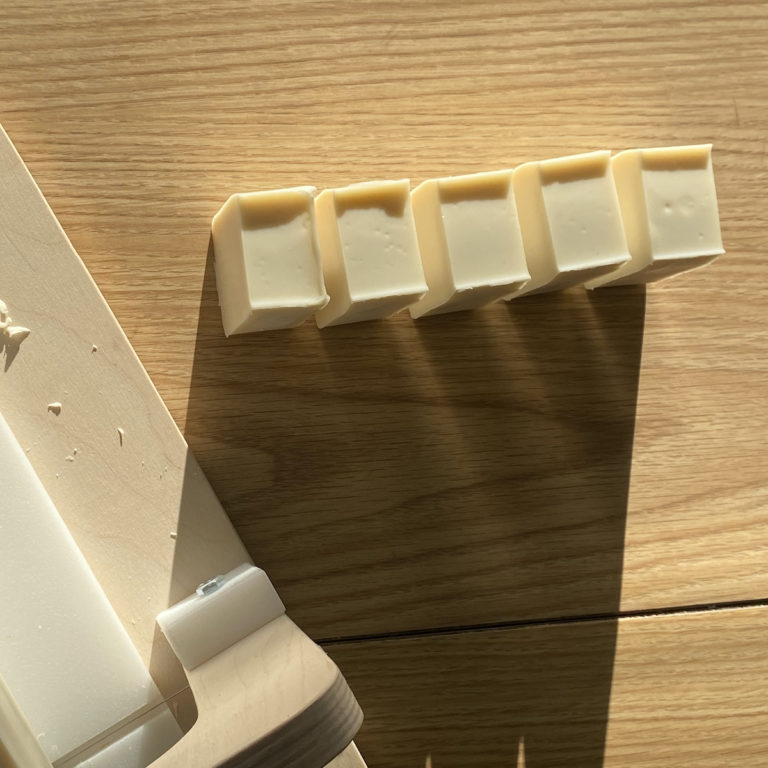Ultimate List of Oxides & Ultramarines For Coloring Soap

Oxides & ultramarines are commonly used in not just soaps, but cosmetics of all sorts, paints, plastics, and even colored concrete. These rich, versatile coloring agents are known as pigments.
They’re matte with no shimmer to them. They can lend to some beautiful colors in your finished soap that can be subtle or vibrant, depending on the concentration you use them at.
Are Oxides & Ultramarines For Coloring Soap Considered Natural?
No, not the ones you’ll find available for sale today anyway.
Natural iron oxides from the earth include ochres, siennas, and umbers, which have a stunningly long history, even being featured in many cave paintings and later coveted works of art from the renaissance period.
Back in the day, ultramarine blue used to actually come from Lapis Lazuli, a metamorphic rock we now know as a precious stone used in jewelry making, metaphysical practices, and luxury decor. It was so expensive, and was so highly prized, that it was considered more valuable than gold.
Cosmetic grade ultramarine blue is now synthetically produced in laboratories, as are all cosmetic grade oxides and ultramarines. Here’s a description of how ultramarine blue is now made.
They are technically nature-identical, created to have the exact same chemical and molecular structure as oxides and ultramarines taken from the earth, but since they’re synthetically created, they don’t have any of the impurities like heavy metals that can be found in the natural, raw versions of these pigments.
I don’t say this kind of thing often, but my honest opinion in this case is that nature-identical is superior to natural here for obvious safety reasons.
List of Oxides & Ultramarines
- black iron oxide
- brown iron oxide
- chromium oxide green
- red iron oxide
- titanium dioxide
- ultramarine blue
- yellow iron oxide
Note: I have also seen the following purple soap pigments, but it’s been harder for me to find information on whether they are nature identical.
- violet ultramarine
- lavender oxide
Using Oxides & Ultramarines For Coloring Soap

Each of the pigments listed above can be used solo and will result in a beautiful hue.
You can blend different colors together, but take it easy here and be really observant in whats happening to your soap batter. Too many colors can sometimes result in a muddy tone.
Safety
Never use technical grade pigments, which are cheaper, and much less pure. If you use pigments in your soap, they must be cosmetic grade, which means they’ve been regulated to be safe for use in personal care products.
Making It Look Good
As you work with pigments, remember that unlike dyes, they won’t dissolve. They can be dispersed, but that’s about it.
If these pigments aren’t adequately dispersed, you might get ultra-concentrated chunks of color in your soap. Trust me, you don’t want this. You don’t want hear from a friend or customer that your soap left green streaks all over them in the shower.
Another thing to keep in mind is that pigments can settle to the bottom of your formula if your batter is thin and doesn’t support the weight of the pigment. Usually this isn’t a problem for soapers since we emulsify prior to pouring our batter, and many of us bring our soap to trace before pouring, which results in an even thicker batter.
Pigments are highly concentrated, so when using it to color soap, start with just the tiniest bit. Mix it in well and observe how it affected the look of your batter, add more if needed.
Here’s a really important step for you to take for even distribution to prevent those ultra-concentrated chunks of color that I mentioned: before adding the pigment to your soap batter, disperse it in a small amount of oil or soap batter.
Pigment Dispersed in Oil
- Reserve a very small amount of your soaping oil as you’re creating your soap batch.
- Add your pigment to the oil and mix thoroughly.
- I like to do this on a thick piece of washable plastic that I can reuse over and over again (mine is quilters template plastic but if you want something thicker, plexiglass would be good), smushing the pigment with a butter knife or spoon.
- Others take a more normal approach and use a palette knife.
- Add the pigmented oil to your soap batter at any point during the soapmaking process and mix thoroughly
Pigment in Soap Batter
- Have your pigment ready to go, measured out if you know how much you plan to use
- Also have your mixing tools (like thick plastic and a butter knife) ready at hand
- Make your soap batter like usual
- When you reach the point of emulsification, use a spoon to dribble out a small amount of soap batter into your mixing surface
- Add your pigment to the soap batter
- Smush it up and mix it with your butter knife
- Add the pigmented soap batter to the rest of your batter and mix thoroughly
These pigments are not dispersable in water. They’ll just sink to the bottom, like your favorite earrings in the pool. Don’t even try it.
If above sounds like too much of a hassle to you, add the pigment directly to the soap batter and blend really, really well. You’re taking a bit of a risk here, and all that blending that’s required is bound to result in some serious thickening of your soap batter, but if you’re good with that, rock on.
Sidenote: Why Micas Are Not Included In This Article About Oxides & Ultramarines For Coloring Soap
In my opinion, micas don’t belong in the same category as the pigments discussed here.
Mica is usually colorless and has a shimmer to it. If it does have any natural color to it, it’s often translucent – not at all like what you see in the soap supply stores.
The reason you see so many different colors of mica on the soaping market is because after mica is mined (a process which often causes harm to people and the environment), its coated in either pigments, dyes, or a mix of pigments and dyes.
For these reasons, I don’t use or recommend using mica unless you can ethically source it.


